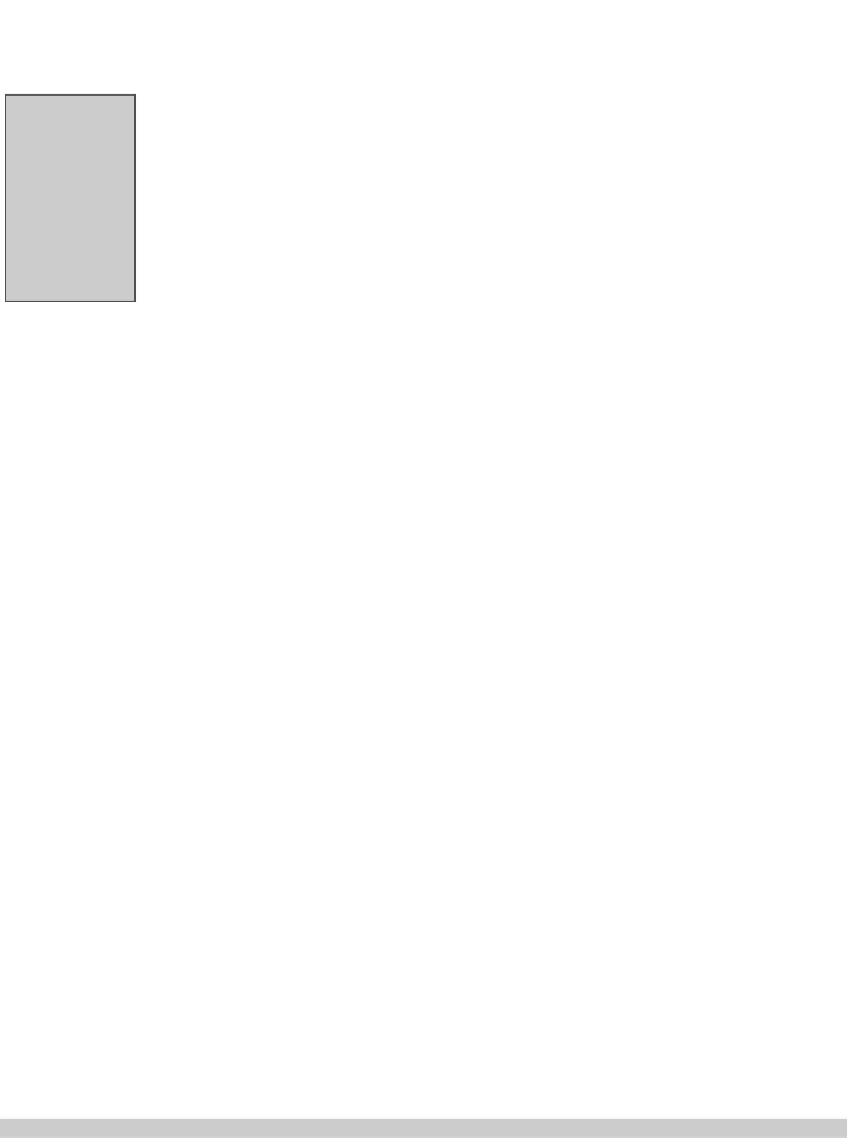Java Reference
In-Depth Information
we have gained quite a lot. Now, method
min
of class
Compares
can be used on
arrays of
Pixels
. For example, suppose we have an array
b
of base type
Pixel
and that
Pixel
s
have been placed in it:
Pixel[] b=
new
Pixel[1000];
Activity 12-3.3
executes a call
to
min
, show-
ing how cast-
ing works in a
way we cannot
describe on
paper.
Then we find its minimum by calling method
min
:
Compares.min(b)
Automatically, method
compareTo
, which is in each element of array
b
, will be
used in comparing array elements.
Implementing Comparable in other classes
Interface
Comparable
has been floating around the world for several years,
but it was not officially in a Java API package until version 1.2. Some classes that
do not implement
Comparable
can be subclassed to implement it. For example,
Fig. 12.6 defines a subclass of class
java.util.Date
. Methods
before
and
equals
belong to
Date
. After defining
MyDate
, just use it in place of
Date
.
Classes like
String
and the wrapper classes (e.g.
Integer
) cannot be sub-
classed, so in Java 1.1 and earlier, to get the effect of implementing
Comparable
on them, you have to write an awkward-to-use class that wraps an
int
and imple-
ments
Comparable
. This class should have the necessary getter-setter methods,
perhaps returning the value not only as an
int
but also as an
Integer
. Fortu-
nately, interface
Comparable
was added in Java 1.2 so these sorts of shenanigans
are not necessary any more.
Interface Comparator
Interface
Comparator
, in package
java.util
, provides other methods for
comparing elements, one of which is an equality test:
import
java.util.date;
public class
MyDate
extends
Date
implements
Comparable {
/** = 0
if this
Date < ob
;
1
if this
Date = ob
;
-1
if this
Date > ob */
public int
compareTo(Object ob) {
if
(
this
.before((Date)ob))
{
return
-1; }
if
(
this
.equals((Date)ob))
{
return
0; }
return
1;
}
}
Figure 12.6:
Class
MyDate
, which extends
java.util.Date


Search WWH ::

Custom Search